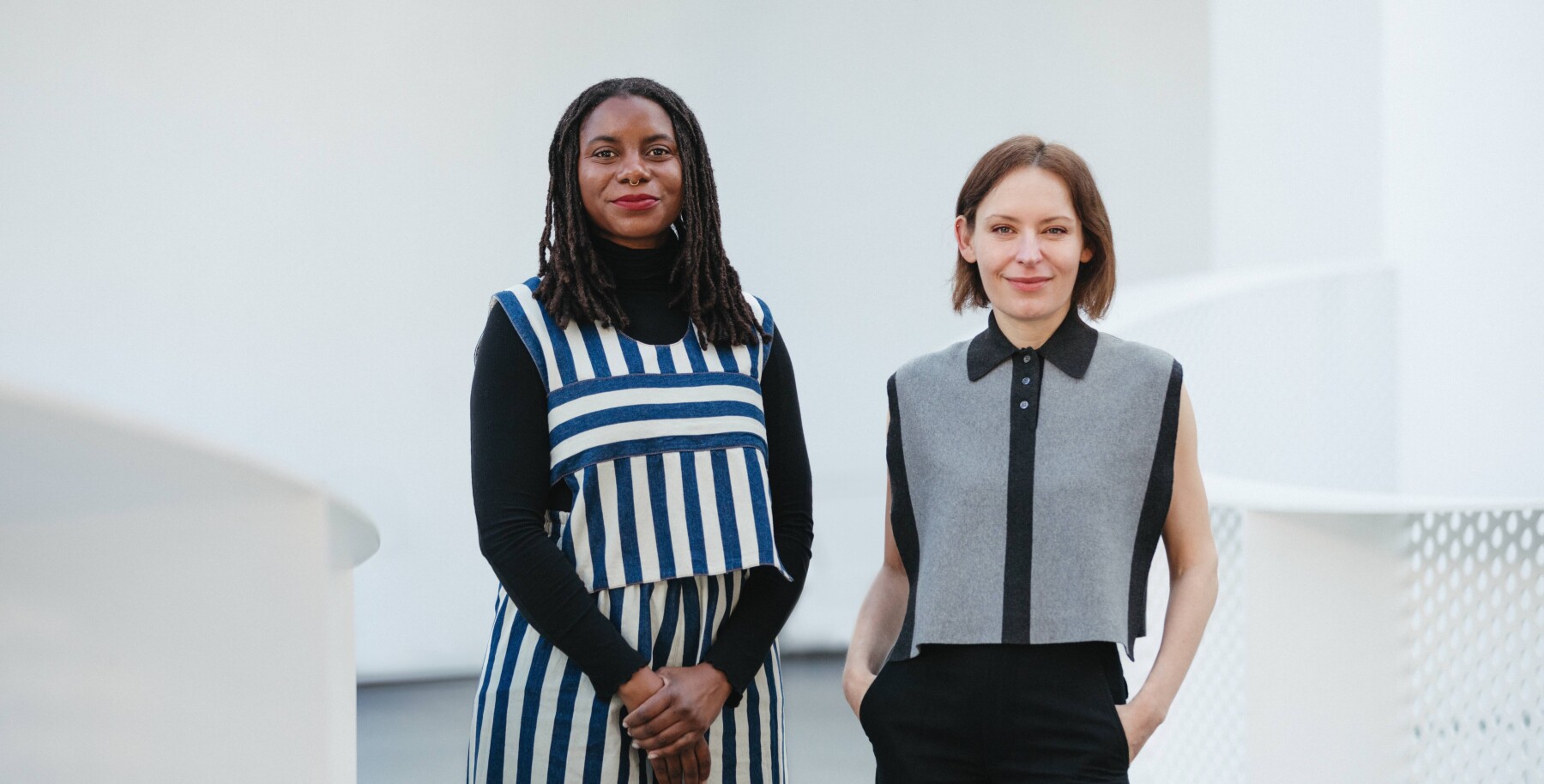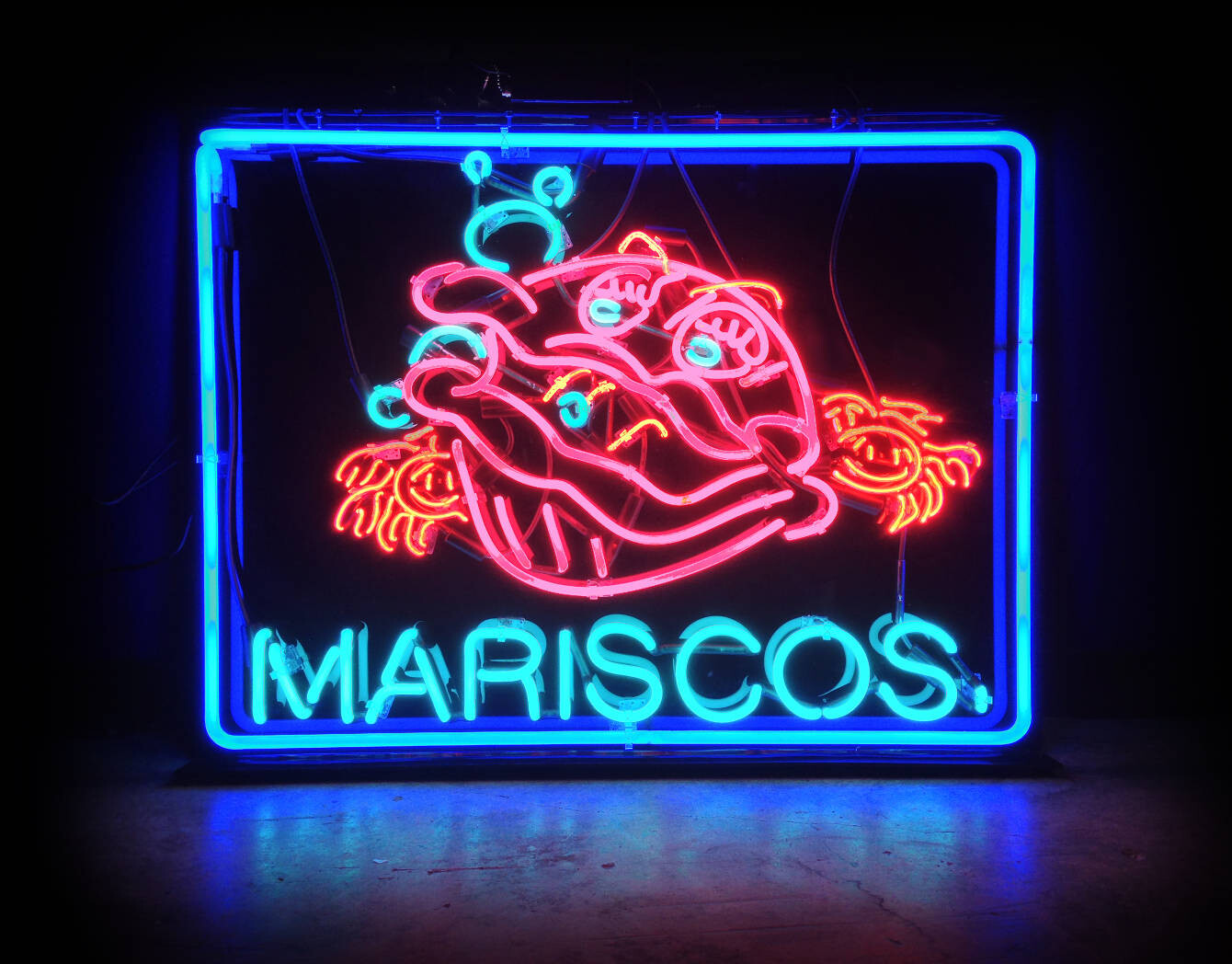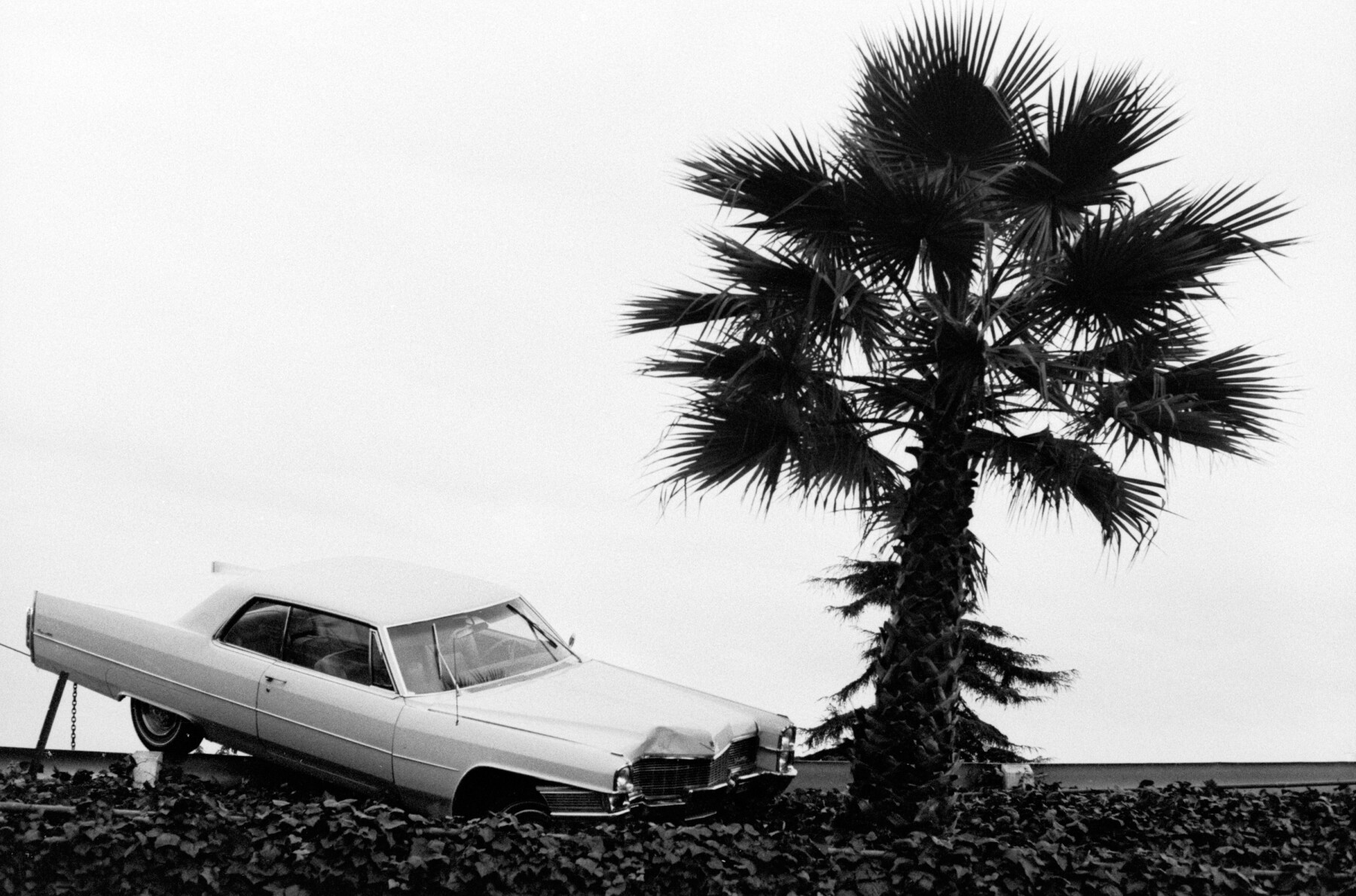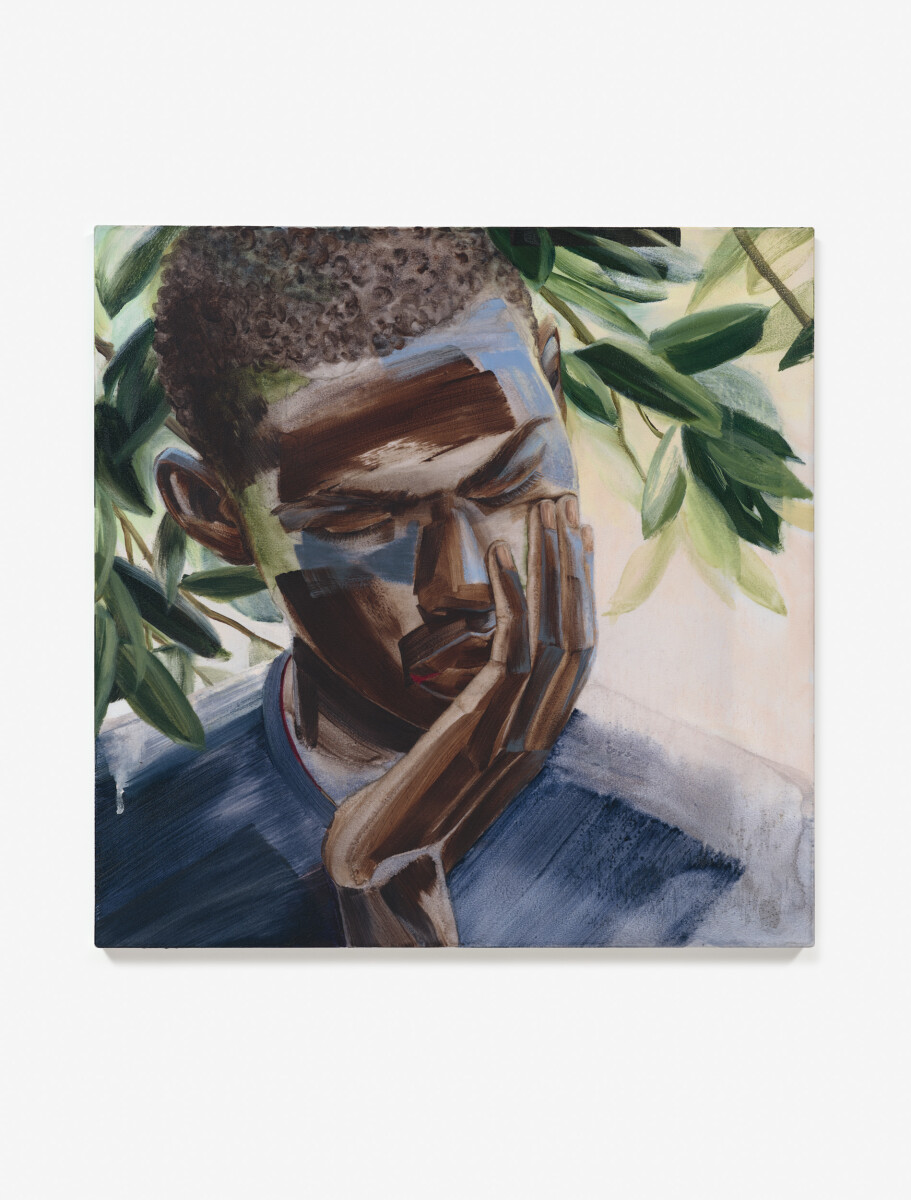Behind Made in L.A. 2025 with Curators Essence Harden and Paulina Pobocha
22 Sep 2025Made in L.A. 2025 is the seventh edition of the Hammer Museum’s celebrated biennial, a major platform for artists working across the greater Los Angeles area. Curated by Essence Harden and Paulina Pobocha, the exhibition features 28 participants whose work spans film, painting, theatre, choreography, photography, sculpture, sound, and video. This year’s edition reflects the city’s complexity and contradictions, bringing together works that are deeply rooted in Los Angeles as subject, material, and metaphor. Conceived or created here, they capture the many ways this city can be experienced and understood.
Essence Harden is the co-curator of Made in L.A. 2025 at the Hammer Museum and the Curator of the Focus section for Frieze Los Angeles from 2024 through 2026. They have curated exhibitions including Plumb Line: Charles White and the Contemporary (California African American Museum, 2019), Bold Visual Language: Emory Douglas (Los Angeles Contemporary Exhibitions, 2018), and the California Biennial: Pacific Gold (Orange County Museum of Art, 2022), as well as projects at Art + Practice, the Museum of the African Diaspora (MoAD), and the Oakland Museum of California amongst others.
Paulina Pobocha is the co-curator of Made in L.A. 2025 at the Hammer Museum and Chair and Curator of Modern and Contemporary Art at the Art Institute of Chicago. Previously, Paulina served as Robert Soros Senior Curator at the Hammer, helping to shape the museum’s contemporary collections and exhibitions program. While at the Hammer, she collaborated with the Art Institute on Christina Ramberg: A Retrospective. Prior to her work with the Hammer Museum, during her 16- year tenure in the Department of Painting and Sculpture at MoMA, she was central to the conception and display of MoMA’s modern and contemporary collection galleries.

The curators of the 2025 edition of Made in L.A.: Essence Harden (left) and Paulina Pobocha. Photo Lauren Randolph
Q: What makes Made in L.A. 2025 distinct from previous editions of the biennial?
A: Every version of Made in L.A. should be understood in the context of the time during which it was organized. It is responsive to the world beyond art, on the one hand, and on the other, it is shaped by the curators' histories, experience, knowledge, interests. Perhaps sensibility better captures the context for Made in L.A. and how they differ (or don't) and ours is one of asymmetrical histories; locating the urgency of the present within a history—or within an accumulation of many "presents".
Q: How did you approach selecting the artists who capture the energy and diversity of Los Angeles today?
A: From the start, we wanted this exhibition to confront all of the things happening in the city—so we cast as broad a net as possible and went on our way.
I (Paulina) started this process about one month after moving to L.A.—I really was open-minded and bright-eyed, because I didn't really have an alternative.
I (Essence) have lived here for ten years and am generationally from California, so I have a long history with Los Angeles. I wanted to, and think I was able to, hold my own relationship to the city at the periphery of this process so that we would explore and create something of our own, rather than guided solely by my own experiences.
Q: Is there a work in the exhibition that took on new meaning for you during the curating process?
A :John Knight's work "Quiet Quality," a rumination on urban expansion, grew increasingly more complex as the show started coming together—artworks inflect one another, an opportunity afforded by a group show and one of many reasons that context is so important. With time, we began to see what we initially understood to be an indictment of the systemic inequalities undergirding real estate and land development projects in the interest of profit became as much a work about the comfort and care community can and must engender.
Q: What do you hope visitors will take away about Los Angeles after seeing the show?
A: We would love for people to walk away from this show questioning every assumption they held about the city, if they are from L.A. or not, if they are new to L.A., or just haven't been here a while. We would never claim that this show challenges myths or stereotypes, sometimes it doubles down on them, even. We haven't found a "true" L.A. and don't think there is one. We are not here to tell visitors what to think rather, we invite them to wander through a kaleidoscopic maze with us and try to make heads or tails of it. Godspeed!
Q: If you had to sum up this year’s biennial in three words, what would they be?
A: Asymmetrical, peculiar, here.
We've provided a sneak peek of works featured in this year's edition in the slideshow!


